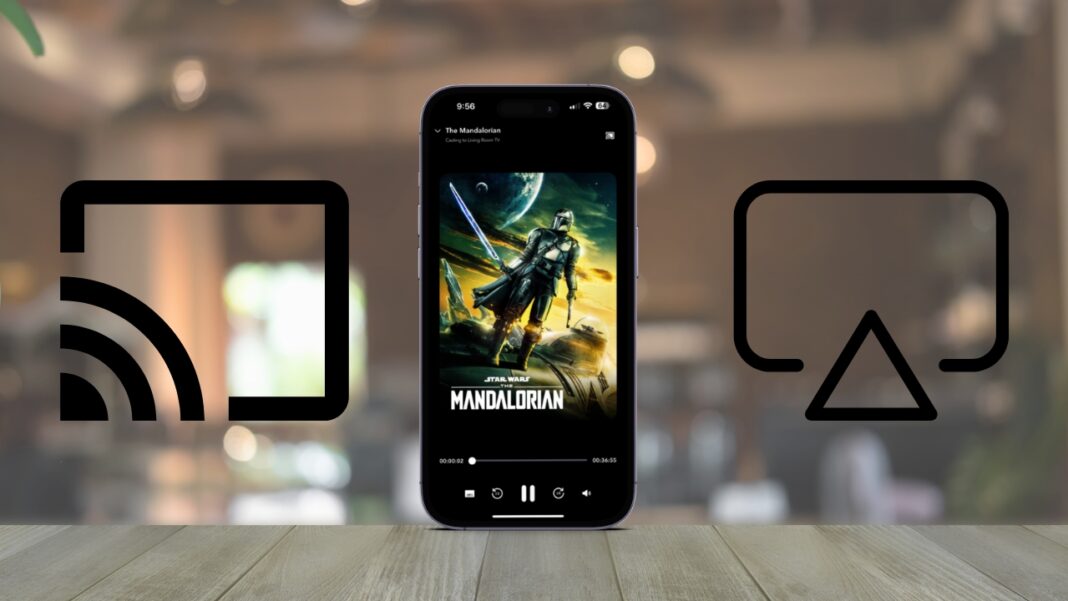AirPlay, Apple's proprietary technology, and Chromecast, developed by Google, have emerged as two popular platforms for casting content to TV screens. While AirPlay is designed exclusively for iOS users, Chromecast caters to Android users. However, with the growing demand for seamless cross-platform compatibility, users often wonder if it is possible to achieve AirPlay functionality on Chromecast. In this article, we will explore the feasibility of AirPlay to Chromecast streaming and its implications on bringing together iOS and Android users in the world of streaming.
Understanding AirPlay and Chromecast:
AirPlay is a feature developed by Apple that allows users with iOS devices, such as iPhones and iPads, to wirelessly stream audio, video, and mirror their screen onto an Apple TV or other AirPlay-enabled devices. This technology provides iOS users with a simple and intuitive way to cast their media content to larger screens.
Chromecast, on the other hand, is a casting device by Google that plugs into the HDMI port of a TV. It enables Android users to cast their favorite media content from their mobile devices, such as smartphones and tablets, directly to the TV. Chromecast acts as a receiver, allowing users to control the playback using their Android devices.
AirPlay to Chromecast: Exploring Possibilities
While AirPlay and Chromecast are designed for separate platforms, there are various methods to bridge the gap and enable AirPlay functionality on Chromecast.
Third-Party Apps: Several third-party apps have emerged to fulfill the demand for cross-platform compatibility. These apps serve as intermediaries, converting AirPlay streams to formats that are compatible with Chromecast, allowing iOS users to cast content to Chromecast-connected TVs.
Screen Mirroring: Some Android devices come equipped with built-in screen mirroring or casting features. By enabling screen mirroring on their Android device, users can project the display of their iOS device to the TV via Chromecast, effectively achieving AirPlay-like functionality.
Software-Based AirPlay Receivers: AirPlay receivers, or AirPlay server apps, can be installed on Android devices. These software-based receivers enable Android devices to act as AirPlay receivers, allowing iOS users to cast media directly to the Android device, which can then be mirrored to the TV using Chromecast.
Limitations and Considerations:
While AirPlay to Chromecast streaming is possible through these methods, it is essential to consider certain limitations:
Performance: Third-party apps and screen mirroring may not provide the same level of seamless performance as native AirPlay. Users may encounter varying levels of video quality, latency, or occasional glitches.
Copyright Compliance: Users should ensure they stream content from legitimate sources and adhere to copyright regulations when casting media from their devices.
Conclusion:
AirPlay and Chromecast are two powerful streaming technologies that have revolutionized the way we consume media content on our devices. While initially exclusive to iOS and Android users respectively, the demand for cross-platform compatibility has given rise to methods that allow airplay to chromecast streaming. By exploring third-party apps, screen mirroring, and software-based AirPlay receivers, users can bridge the gap between iOS and Android, bringing together two of the most significant ecosystems in the world of streaming. Although these workarounds offer exciting cross-platform casting possibilities, users should be mindful of potential limitations and copyright compliance when casting media content. With this newfound compatibility, AirPlay to Chromecast opens up new opportunities for seamless and inclusive streaming experiences for iOS and Android users alike.








